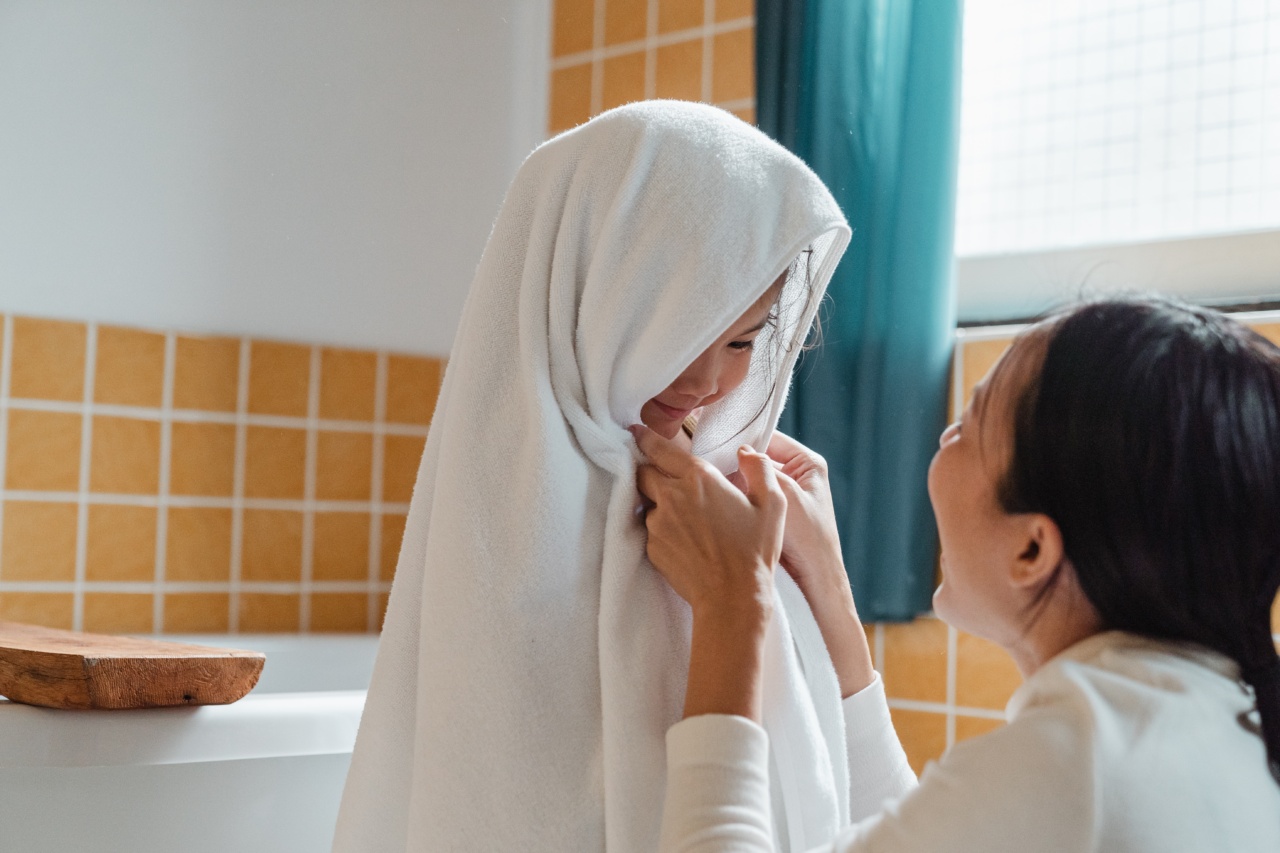Leukemia, a type of cancer that affects the blood and bone marrow, is one of the most common types of cancer in children.
Over the years, there has been a growing interest in understanding potential environmental factors that may contribute to the development of leukemia in children. One area of focus has been the cleanliness of homes and its potential link to childhood leukemia.
In this article, we will explore the relationship between clean homes and leukemia in children and look at the current scientific evidence surrounding this topic.
What is Leukemia?
Leukemia is a cancer that starts in the cells that form blood in the bone marrow. It occurs when there is an abnormal production of white blood cells, which are responsible for fighting infections in the body.
While the exact cause of leukemia is unknown, it is believed to be a combination of genetic and environmental factors.
The Importance of Clean Homes
Maintaining a clean and hygienic home is crucial for the overall health and wellbeing of individuals, especially children. Regular cleaning practices can help eliminate dust, dirt, and other allergens that may trigger respiratory issues or allergies.
Additionally, maintaining clean surroundings helps prevent the growth of harmful bacteria and molds.
Potential Environmental Exposures
Some studies have suggested that exposure to certain environmental factors may increase the risk of developing leukemia in children. These factors can include exposure to chemicals such as benzene, radiation, and certain pesticides.
While these exposures are not directly related to clean homes, it is important to consider the overall environmental context.
Cleaning Products and Chemical Exposures
Household cleaning products often contain chemicals that may have adverse health effects if used improperly or in excessive amounts. Some cleaning products release volatile organic compounds (VOCs) that may contribute to indoor air pollution.
Prolonged exposure to VOCs has been associated with various health issues, including respiratory problems and irritation of the eyes, nose, and throat.
It is important to follow the recommended guidelines when using cleaning products and ensure proper ventilation to minimize potential exposure to harmful chemicals.
Choosing environmentally friendly and non-toxic cleaning products can also reduce the risk of chemical exposures in the home.
Does a Clean Home Reduce the Risk of Leukemia?
While cleanliness and hygiene are essential for overall health, the direct link between clean homes and a reduced risk of leukemia in children remains unclear.
The development of leukemia is a complex interplay of genetic and environmental factors, and focusing solely on cleanliness may oversimplify the issue.
It is important to note that leukemia is a relatively rare condition, and the overall risk of developing leukemia in children is low.
Factors such as genetic predisposition, exposure to certain chemicals, infections, and other unknown triggers may play a more significant role in its development.
Preventing Leukemia and Promoting Health
While a clean home may not eliminate the risk of developing leukemia, there are steps parents can take to promote overall health and reduce potential environmental exposures:.
1. Maintain a Clean and Dust-Free Environment
Regularly clean and dust surfaces in your home to minimize potential exposure to dust mites and allergens. Use a damp cloth or microfiber to trap dust effectively. Vacuum carpets and rugs with a HEPA filter vacuum cleaner.
2. Ventilate Indoor Spaces
Proper ventilation can help reduce levels of indoor air pollutants, including those from cleaning products. Open windows when cleaning or use exhaust fans to improve air circulation.
3. Choose Environmentally Friendly Cleaning Products
Opt for cleaning products that are eco-friendly, non-toxic, and have fewer harsh chemicals. Look for products with certifications indicating their environmentally friendly and low toxicity status.
4. Practice Good Hygiene
Encourage handwashing with soap and water before meals and after using the bathroom, playing outside, or petting animals. Good hygiene practices can help reduce the spread of infections and potential immune system triggers.
5. Avoid Exposure to Harmful Chemicals
Minimize exposure to chemicals such as pesticides and tobacco smoke, which have been associated with an increased risk of leukemia. Carefully follow instructions and safety guidelines when using household chemicals and avoid smoking indoors.
Conclusion
While a clean home is important for overall health, there is currently no conclusive evidence linking clean homes directly to a reduced risk of leukemia in children.
Leukemia is a complex disease, and its development involves a combination of genetic and environmental factors. Nevertheless, maintaining a clean and hygienic environment, along with other healthy practices, can contribute to the overall wellbeing of children and reduce the risk of various health issues.






























